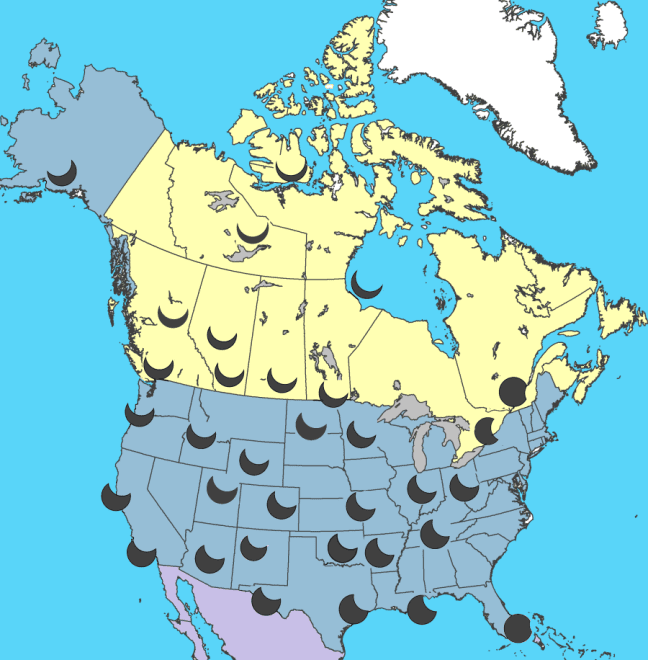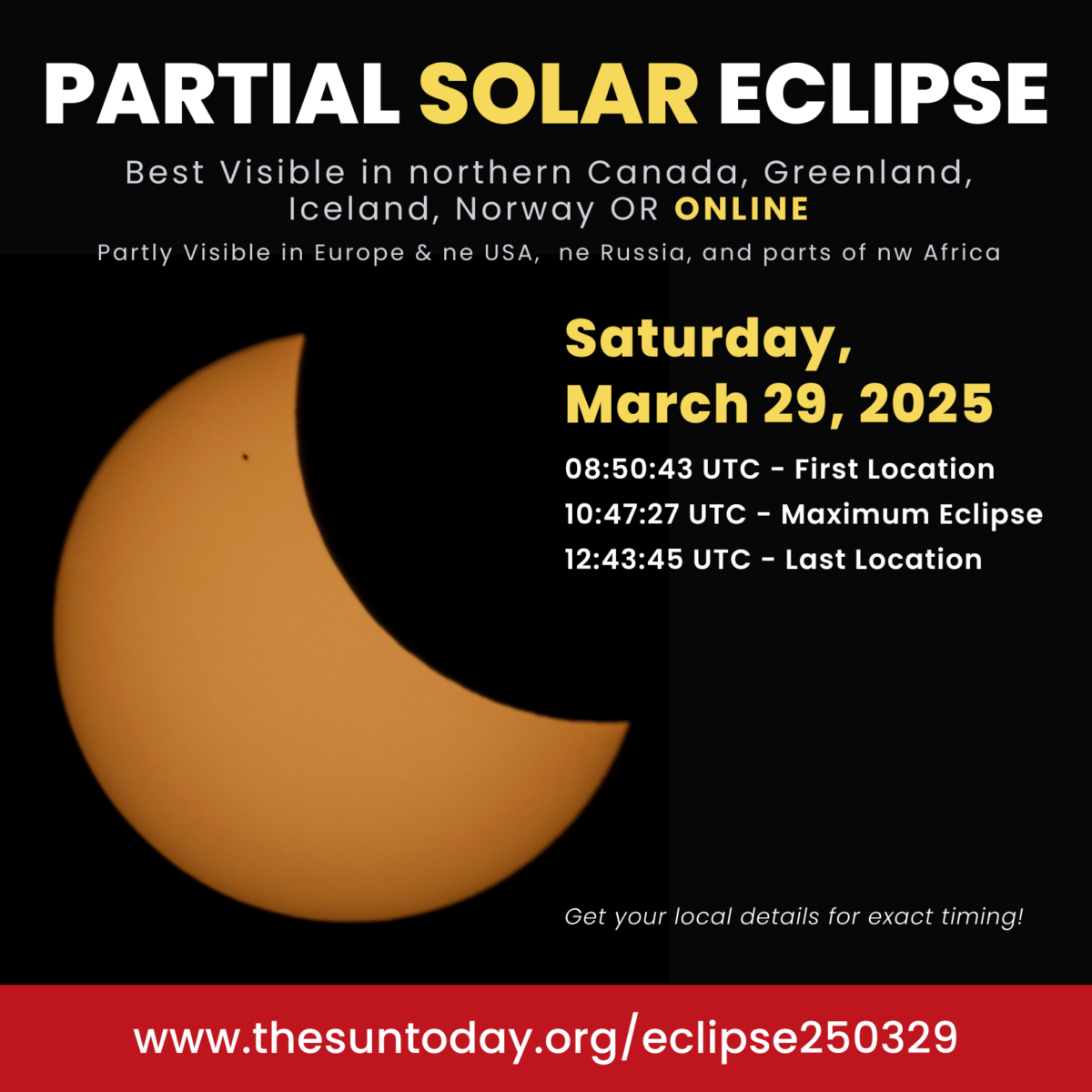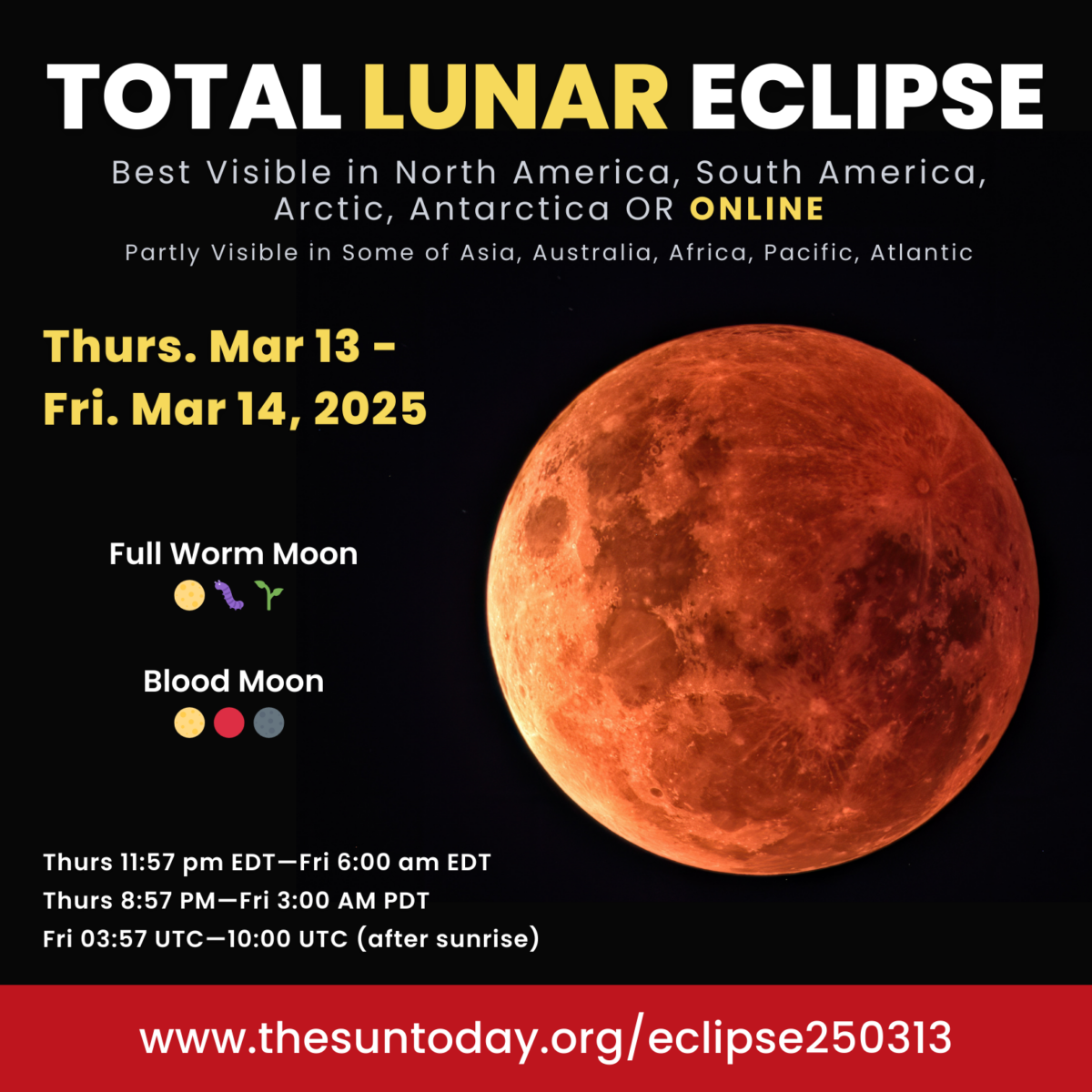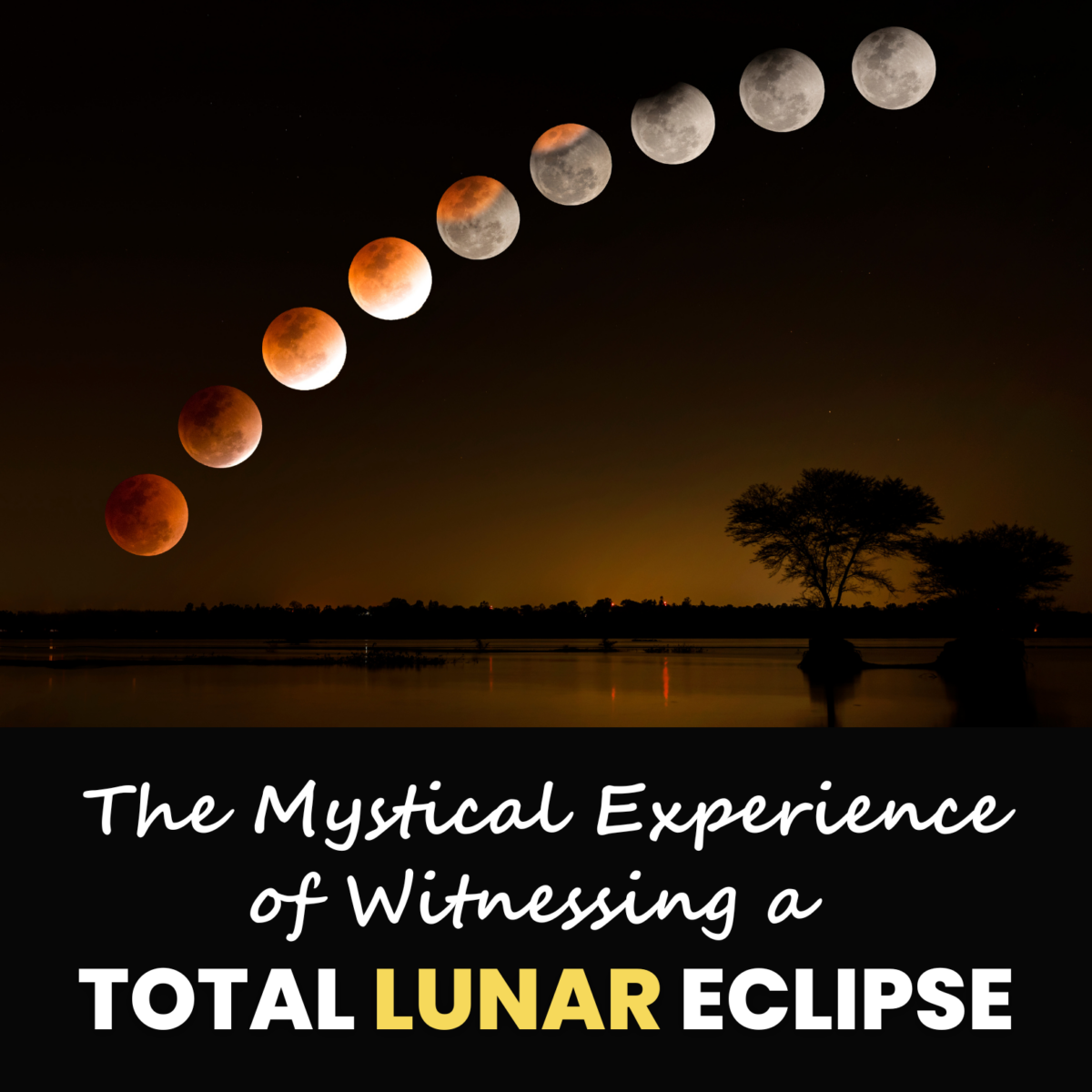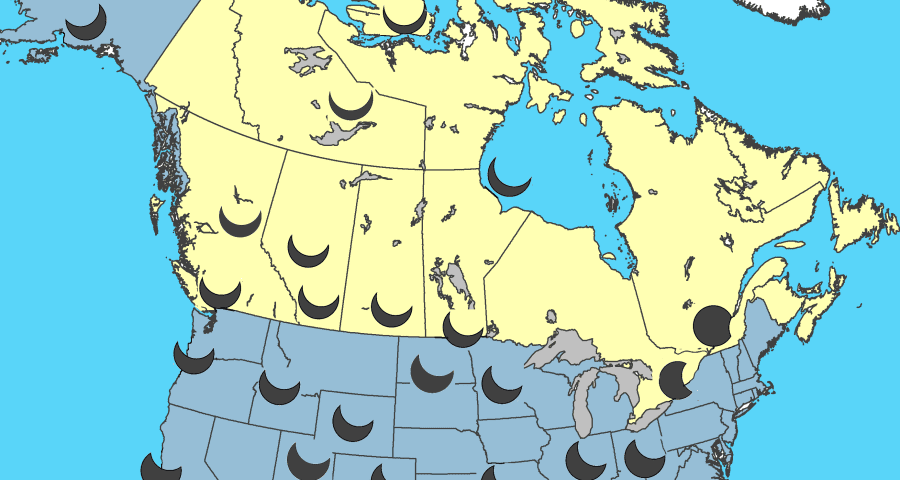
On Oct. 23, 2014 a partial solar eclipse will be visible to most of North America in the late afternoon. This is the last eclipse of 2014.
Never look at the sun or an eclipse directly!
Eye safety during solar eclipses
What will it look like?
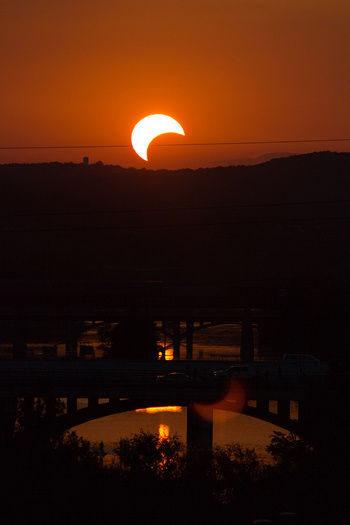
Photo of partial solar eclipse as seen near sunset on May 20, 2012, from Austin, Texas. This time around, eastern North America will see a partial solar eclipse just after sunrise on November 3, 2013. credit: http://www.flickr.com/photos/mrlaugh/7239061514/
When and where can you see it?
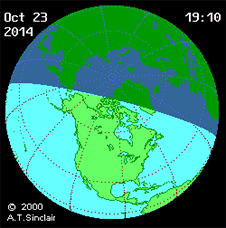
During the late afternoon of Oct. 23, 2014, a partial solar eclipse will be visible from much of North America before sundown. However, it is never safe to look at the sun with the naked eye.
Image Credit: NASA/Sinclair
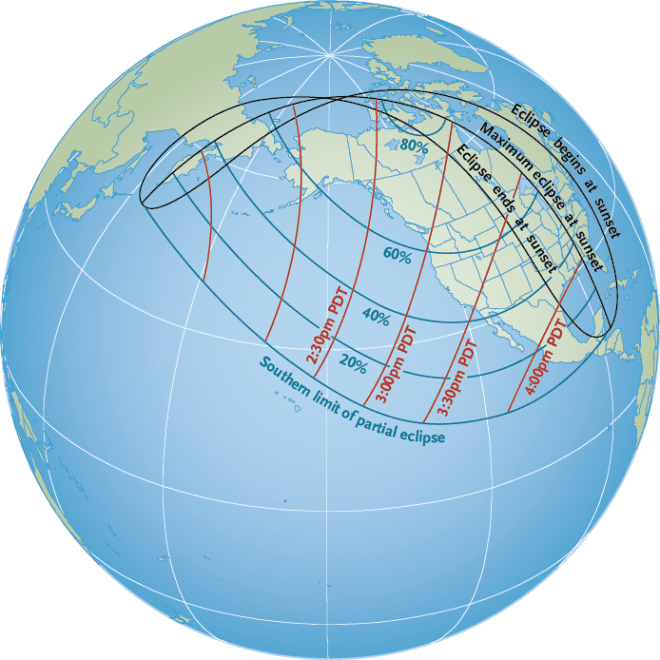
Spectators in western North America will be able to see all stages of the partial solar eclipse on October 23, 2014 (weather permitting). Those living in the east of North America will see the sun set while the eclipse is still in progress. Figure out what time the eclipse will be the deepest at your site by interpolating between the red lines. All times are given in Pacific Daylight Time; add 1 hour to get MDT, 2 hours to get CDT, 3 hours for EDT. The blue lines show what percentage of the Sun’s diameter will be covered be covered by the Moon at that time. Click to enlarge image. Credit: S&T/Leah Tiscione
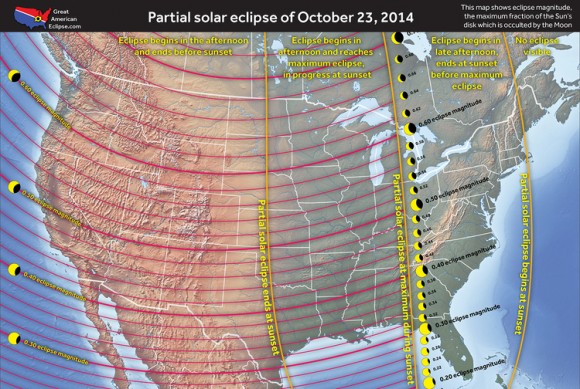
A map showing the eclipse prospects over the continental USA. Credit: Michael Zeiler @EclipseMaps, www.thegreatamericaneclipse.com.
Time Listings
Eclipse times for North American time zones (from EarthSky.org)
We list the eclipse times for certain localities at North American time zones in local time. However, the eclipse times will vary somewhat even within the same time zone.A list of local times for the USA can be found at http://1.usa.gov/ZOh540 and for Canada and Mexico at http://1.usa.gov/ZOh7sG. All times are in local time, so no conversion is necessary!
Eastern Daylight Time
Philadelphia, Pennsylvania
Solar eclipse begins: 17:51 (5:51 p.m.) EDT
Greatest Eclipse: 18:08 (6:08 p.m.) EDT
Sunset before end of eclipse
Maximum obscuration of solar disk: 10%
Central Daylight Time
St. Louis, Missouri
Solar eclipse begins: 16:41 (4:41 p.m.) CDT
Greatest eclipse: 17:47 (5:47 p.m.) CDT
Sunset before end of eclipse
Maximum obscuration of solar disk: 39%
Mountain Daylight Time
Denver, Colorado
Solar eclipse begins: 15:18 (3:18 p.m.) MDT
Greatest eclipse: 16:35 (4:35 p.m.) MDT
Solar eclipse ends: 17:44 (5:44 p.m.) MDT
Maximum obscuration of solar disk: 45%
Pacific Daylight Time
San Francisco, California
Solar eclipse begins: 13:52 (1:52 p.m.) PDT
Greatest eclipse: 16:35 (4:35 p.m.) PDT
Solar eclipse ends: 17:44 (5:44 p.m.) PDT
Maximum obscuration of solar disk: 39%
Alaska Daylight Time
Anchorage, Alaska
Solar eclipse begins: 11:55 a.m. AKDT
Greatest eclipse: 13:11 (1:11 p.m.) AKDT
Solar eclipse ends: 14:28 (2:28 p.m.) AKDT
Maximum obscuration of solar disk: 55%


